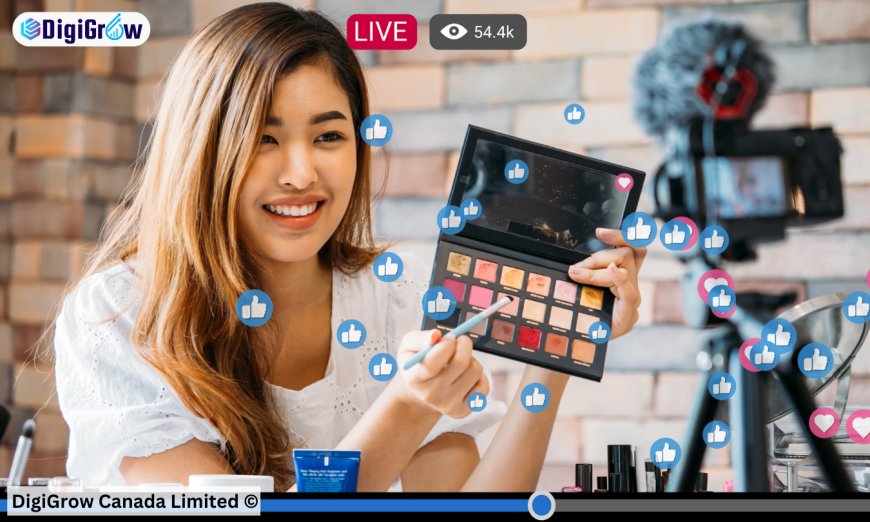How to Engage Your Audience with Video Marketing
Engage your audience with video marketing by telling compelling stories, optimizing for mobile, using interactive elements, and tracking success with analytics.

Video marketing has become one of the most powerful tools for engaging an audience. It allows businesses to connect with viewers on a more personal level, showcase their products or services, and share their brand's message in a compelling way. Here’s how you can successfully engage your audience using video marketing:
1. Know Your Audience
Before creating a video, it’s essential to understand who you’re targeting. Research your audience's preferences, demographics, and challenges. Are they looking for entertainment, educational content, or solutions to specific problems? Crafting videos tailored to their needs ensures higher engagement.
2. Tell a Story
People are naturally drawn to stories. Rather than simply promoting a product or service, focus on storytelling. Create videos that resonate emotionally with your audience. Highlight real-life examples, customer testimonials, or behind-the-scenes footage that showcases your brand’s authenticity. A strong narrative captivates viewers and keeps them coming back.
3. Hook Them in the First Few Seconds
Attention spans are short, especially online. Your video needs to grab attention within the first few seconds. Whether it’s a thought-provoking question, an eye-catching visual, or a surprising fact, hook your viewers immediately. If you don’t capture their interest early, they’re likely to move on.
4. Optimize for Mobile Viewing
With the majority of video content being consumed on mobile devices, it’s critical to optimize videos for mobile users. Ensure your videos are responsive, load quickly, and are easy to watch on small screens. Subtitles are also crucial, as many users watch videos with the sound off.
5. Use Interactive Elements
Interactive videos encourage active participation from viewers. Features like clickable links, polls, or embedded quizzes can increase engagement. These elements allow your audience to take part in the video rather than passively watching, creating a more memorable experience.
6. Keep It Concise
While long-form content has its place, most online viewers prefer shorter videos. Aim to deliver your message in a concise and impactful way. Try to keep your videos between 60 and 90 seconds for promotional content, while tutorials or deep dives can go slightly longer.
7. Incorporate a Clear Call-to-Action (CTA)
Don’t let your viewers walk away without knowing what to do next. Whether it’s subscribing to your channel, visiting your website, or purchasing a product, always include a clear and actionable CTA at the end of your videos. Make it easy for them to follow through.
8. Leverage Social Media Platforms
To maximize the reach and engagement of your video content, share it across multiple social media platforms. Tailor your videos to suit the format and audience of each platform. Instagram Stories, YouTube, TikTok, and LinkedIn all have unique audiences, and a one-size-fits-all approach won’t work. Adapt your content to fit the platform’s culture and style.
9. Use Analytics to Measure Success
Tracking your video performance is crucial for refining your strategy. Pay attention to key metrics like view count, engagement rate, and audience retention. Tools like YouTube Analytics or Facebook Insights can help you see what’s working and where you can improve.
10. Be Consistent
Consistency is key to building an engaged audience. Regularly upload high-quality content to keep your viewers coming back. Whether it’s weekly tips, monthly updates, or special behind-the-scenes moments, developing a schedule keeps your brand top of mind.
Conclusion
Engaging your audience through video marketing requires a combination of understanding your viewers, creating captivating content, and delivering it effectively. By following these tips and continuously refining your approach, you can create videos that not only entertain but also inspire action, leading to stronger customer relationships and business growth.
What's Your Reaction?
 Like
0
Like
0
 Dislike
0
Dislike
0
 Love
0
Love
0
 Funny
0
Funny
0
 Angry
0
Angry
0
 Sad
0
Sad
0
 Wow
0
Wow
0























































